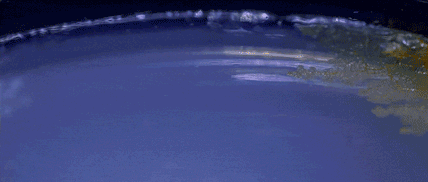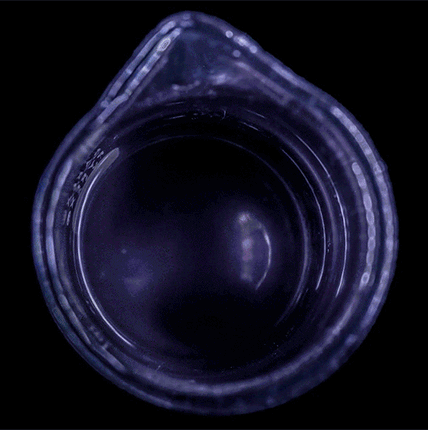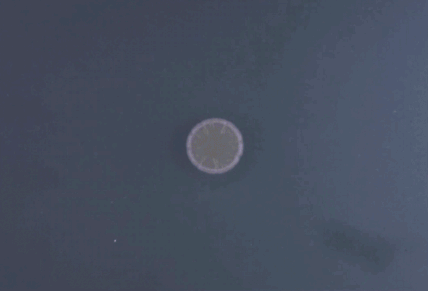Jason Wright, in a recent post on Scientific American, argues that NASA should fund the search for extraterrestrial intelligence (SETI) as part of its astrobiology program. Since 1993, SETI has not been funded by NASA. However, the recent Release of Annual Research Opportunities in Space and Earth Sciences 2018 (ROSES–2018) Omnibus NASA Research Announcement has conflicting remarks regarding SETI research. Under the “Evolution of Advanced Life”, it states “[p]roposals aimed at identification and characterization of signals and/or properties of extrasolar planets that may harbor intelligent life are not solicited at this time” while under “Biosignatures and Life Elsewhere” it states “… research focused on understanding or characterizing nonradio ‘technosignatures’ from extrasolar planets that may harbor intelligent life are included in this area”. NASA itself appears to be unsure about SETI. Wright, in an attempt to bolster why SETI should be considered for funding, remarks:
… there is no a priori reason to believe that biosignatures should be easier to detect than these technosignatures. Indeed, intelligent, spacefaring life might spread throughout the galaxy, and therefore be far more ubiquitous than planets that have only microbes. Life might be much easier to find than the NASA strategy assumes. Indeed, it has been noted cynically, but not untruthfully, that NASA eagerly spends billions of dollars to search for “stupid” life passively waiting to be found, but will spend almost nothing to look for the intelligent life that might, after all, be trying to get our attention. This is especially strange since the discovery of intelligent life would be a much more profound and important scientific discovery than even, say, signs of photosynthesis on the nearest exoplanet to the solar system, Proxima b
In many ways, this simplistic view on life hinders progress for SETI. Only a small number of all microbial species have been described. There are estimates suggesting that more than 1 trillion (1012) species of bacteria, archaea and microscopic fungi exist on Earth, orders of magnitude more than eukaryotes (some have argued these are a few million), particularly any “intelligent life”. There are perhaps orders of magnitude more prokaryotes in space which have yet to be detected. NASA has considered the search for biomarkers as an indirect detection of life and has also considered the impact of bacteria. Furthermore, on Earth we know bacteria (i) predate complex, intelligent life, (ii) played an important role in altering the composition of the atmosphere, and (iii) have left stromatolites and other geochemical features as the oldest record of life on Earth. In short, if we cannot find traces of the most common form of life, a form incapable of masking its signature from us, then how can we expect to find extraterrestrial intelligence?
Rennie and Reading-Ikkanda, in a recent publication on Quanta Magazine, show the complexity of simple prokaryotes and, while not a SETI article, make the case that bacteria are dynamic organisms capable of adapting to their environment. The diversity of these organisms is shown in Figure 1. The authors first mention the discussing the ability of bacterial colonies to synchronize and swarm, much like flocks of birds or schools of fish. Under the microscope, the ability for precise movement is surprising, given the lack of differentiation in the organism (see Movie 1). Bacteria, particularly slime mold, are able to crawl around in search for a nutrient-rich environment with controlled secretion of chemicals to ensure (i) they do not explore a nutrient-deficient region and (ii) they grow asymmetrically. Biofilms, compact societies of bacteria, are able to grow in three dimensions and even on non-solid surfaces. In dense bacterial colonies, there is something analogous to differentiation where bacteria on the inside anchor in place, bacteria at the edges of the biofilm divide for growth, while others in the middle release spores for new colonization.
  |
  |
| Going counterclockwise from top left: (i) Physarum polycephalum explores an area and leaves behind a chemical trail if the region is nutrient deficient. (ii) Bacteria do not need a solid surface for growth. This B. subtilis culture grows by forming a floating biofilm across the air-liquid interface in a beaker. (iii) Spiral migration is a behavior favored by the soil bacterium Bacillus mycoides. Communities of these cells expand by forming long filaments of cells that coil either clockwise or counterclockwise. (iv) In this powdery colony of Streptomyces coelicolor, the pigmentation comes from actinorhodin, a molecule with antibacterial effects. Biofilms may use bioactive pigments as signals for controlling the behaviors of other microorganisms in their shared environment. Source: Quanta Magazine | |
Movie 1: Synchronized motility in bacteria. In a colony of E. coli cells, two silicone oil tracers exhibit synchronized loops. Source: Quanta Magazine.
While the bacteria covered in this article require humidity and warm temperatures around 30°C, this is not the requirement for all prokaryotes. In the 1980s and 1990s, scientists began to discover that bacteria were robust organisms, capable of surviving in extreme environments not amenable to most eukaryotes. These so called extremophiles are capable of living in regions that would be otherwise inhospitable to life. Bacterial spores are also fairly robust and it has been theorized that life on other planets in the Solar System could be seeded from extremophiles ejected from Earth or Mars. Table 1 shows a few examples of extremophiles from the NASA Astrobiology Strategy. There is also genetic evidence that the last universal common ancestor is a thermophile (a subset of extremophiles).
The search for life should begin with the most common organisms known to us, bacteria. If scientists can detect extraterrestrial bacteria (e.g. on other bodies in the Solar System), the case for SETI would be much stronger. If bacteria could exist elsewhere, then presumably they could be the precursors of more complex life. This could then be used as a bolster to SETI’s claim – if there exist simple organisms outside of Earth, why should anything prevent “intelligent life” from evolving? As it stands now, SETI’s focus on “intelligent” non-microbial life seems specious at best. The arguments presented by Wright do little to inform the reader why “stupid life” should be more difficult to detect than tenuous technosignatures. SETI itself is not informed by biology or chemistry and it seems unclear to this blogger why it should even be considered astrobiology as opposed to astronomy. Until SETI can motivate why one should search for rare life when the most common form of life appears non-existent elsewhere, it will remain a commensal offshoot to astronomy.
